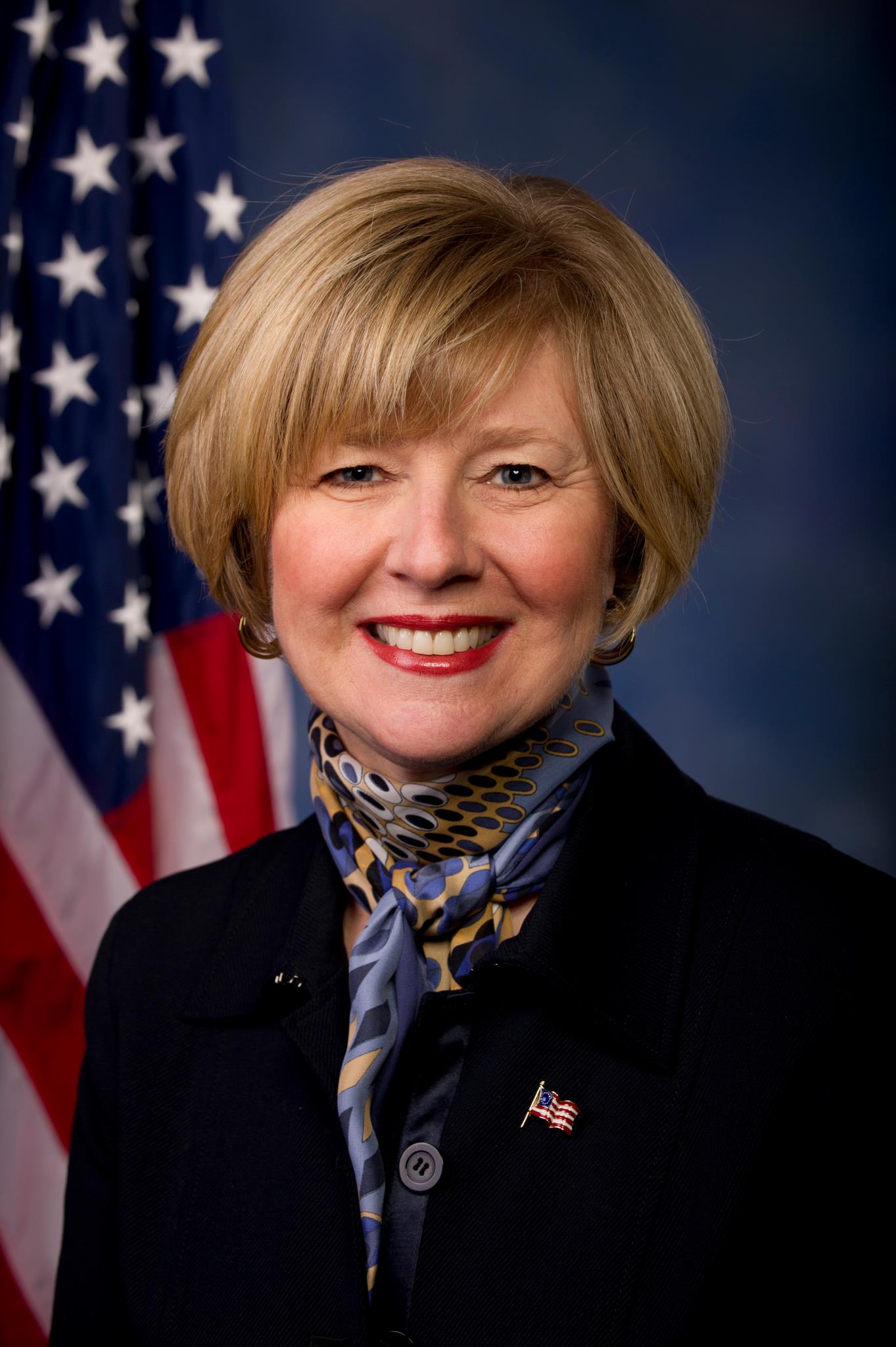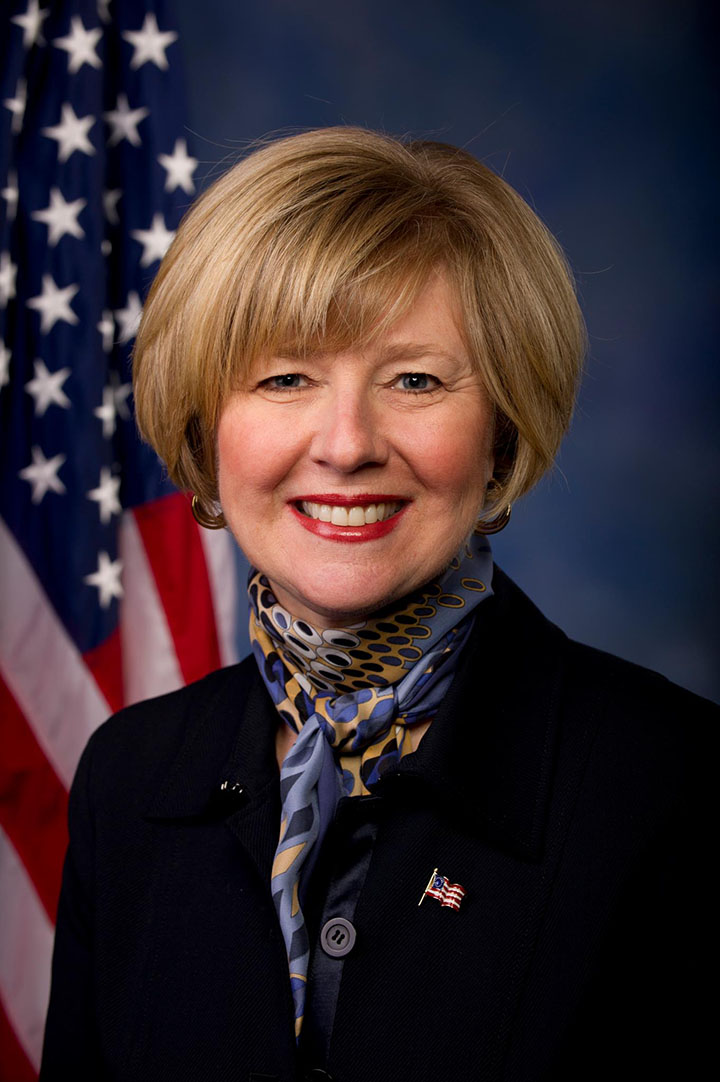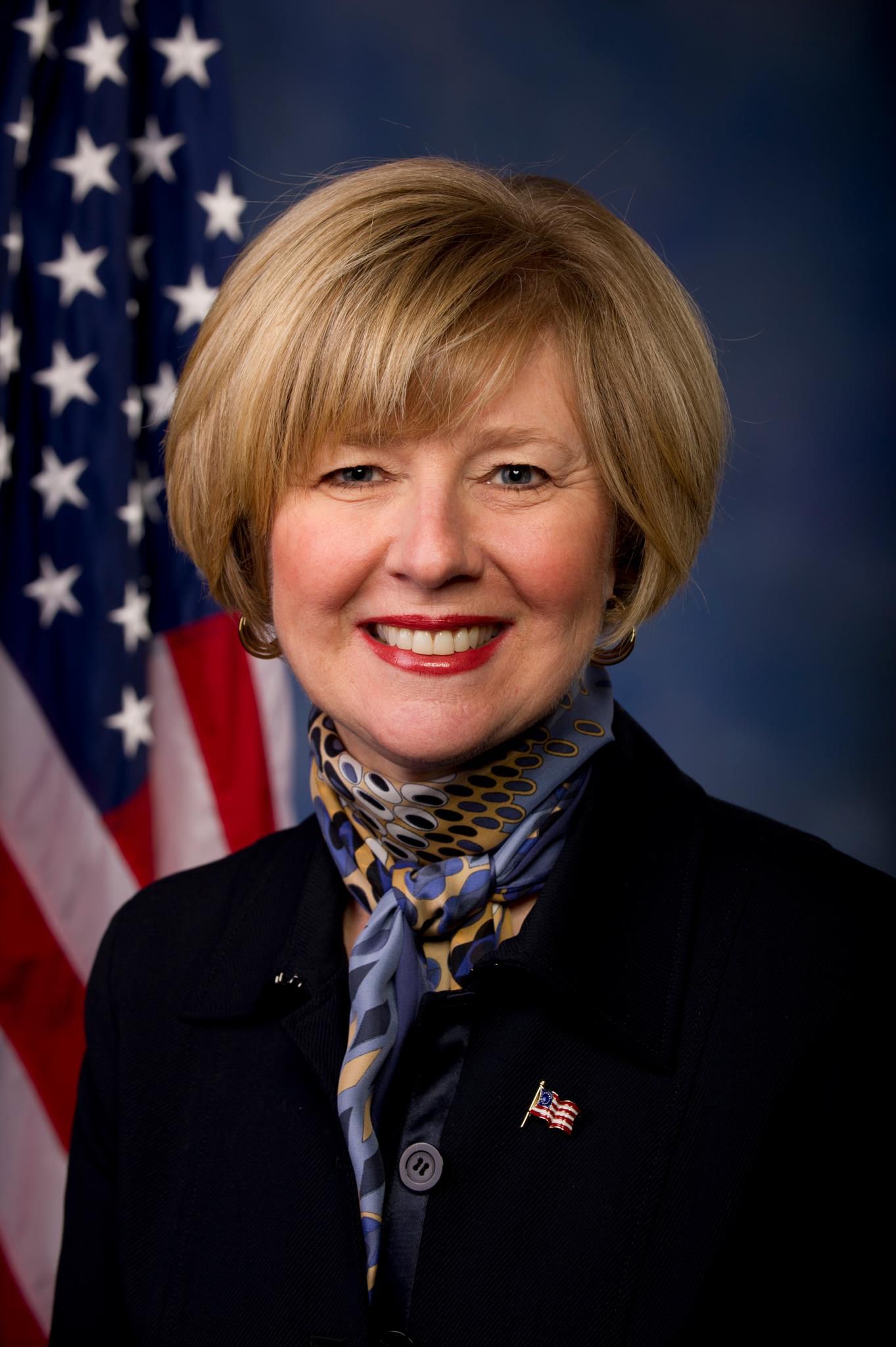By Congresswoman Susan W. Brooks
As prescription drug and heroin abuse has risen in my district and our state over the last year few years, I’ve held a series of listening sessions and participated in several Congressional hearings aimed at finding solutions to reverse this deadly trend.
It’s astonishing to hear first responders describe the number of overdose patients they’ve rushed to save in our cities, suburbs and rural areas. Or the emotions they’ve felt when realizing they’re treating someone all over again for another overdose. As a mother, it’s simply heartbreaking to visit a recovery school and talk to a young person trying to spend a birthday sober for the first time in four years. Or to read the growing number of obituaries in our newspapers listing names and displaying faces of young people who had so much life left to live.
Sadly, drug overdose has overtaken car accidents as the leading cause of injury death nationwide. In Indiana, there were 1,049 deaths in 2013 attributed to overdose.

That’s why I’m committed to leading an effort in Congress to turn the tide of addiction that has claimed too many Hoosier lives. Recently, alongside Representative Joe Kennedy III (D-MA), I introduced legislation that will provide guidance to medical professionals on safe prescribing practices, increase resources available to first responders, reauthorize programs critical to the success of law enforcement agencies and raise national awareness of this deadly and growing problem. This multi-pronged approach is necessary to address a complicated issue that knows no socio-economic or geographic boundaries.
Our bill is the companion to legislation introduced in the U.S. Senate by Joe Donnelly (D-IN) and Kelly Ayotte (R-NH) in April. I’m thankful for their leadership on this issue and look forward to working with them to ensure passage in both chambers. I am also grateful to Hoosier leaders like State Senator Jim Merritt, who continue working tirelessly to solve this problem.
The “Heroin and Prescription Opioid Abuse Prevention, Education and Enforcement Act of 2015” targets the direct link between prescription drug abuse and heroin addiction. All too often, the vicious cycle of addiction begins when someone becomes dependent on pain killers legally prescribed. Unsatisfied by the powerful feeling of intoxication prescription drugs provide, or unable to buy more of them, the cycle escalates when the individual turns to a substance which has become too readily available: heroin.
Doctors, pharmacists, medical school officials and public health leaders have all told me there needs to be more awareness of this connection and more guidance on how they can prevent and identify prescription drug abuse. To achieve that goal, our legislation creates a new interagency taskforce to develop best practices for pain medication prescribing. This taskforce will be charged with sharing its findings with stakeholders nationwide and will be required to file a progress report with Congress.
Our bill also creates a new grant pilot program to increase the availability of Naloxone, an effective but scarce resource used by first responders to treat prescription drug and heroin overdoses. The World Health Organization estimates 20,000 U.S. deaths could be prevented annually through wider dissemination of Naloxone.
This legislation also reauthorizes critical Prescription Drug Monitoring Programs (PDMPs) that have helped local health providers identify and intervene on behalf of at-risk patients. These programs are essential to ensuring addicted individuals cannot “pharmacy shop” as they seek substances. In addition, the legislation reauthorizes grants that support important drug treatment and prevention programs.
Finally, our bill directs the Office of National Drug Control Policy to establish a national awareness campaign that focuses on the link between prescription drug abuse and heroin addiction. Simply put, more people must be aware of this deadly relationship.
There’s no question we face a crisis that requires a sense of urgency and a coordinated team effort to solve. I believe this bill is an important step in the right direction as we work to save our children, families and communities. Together, we can turn the tide of addiction in Indiana, and across the nation.





